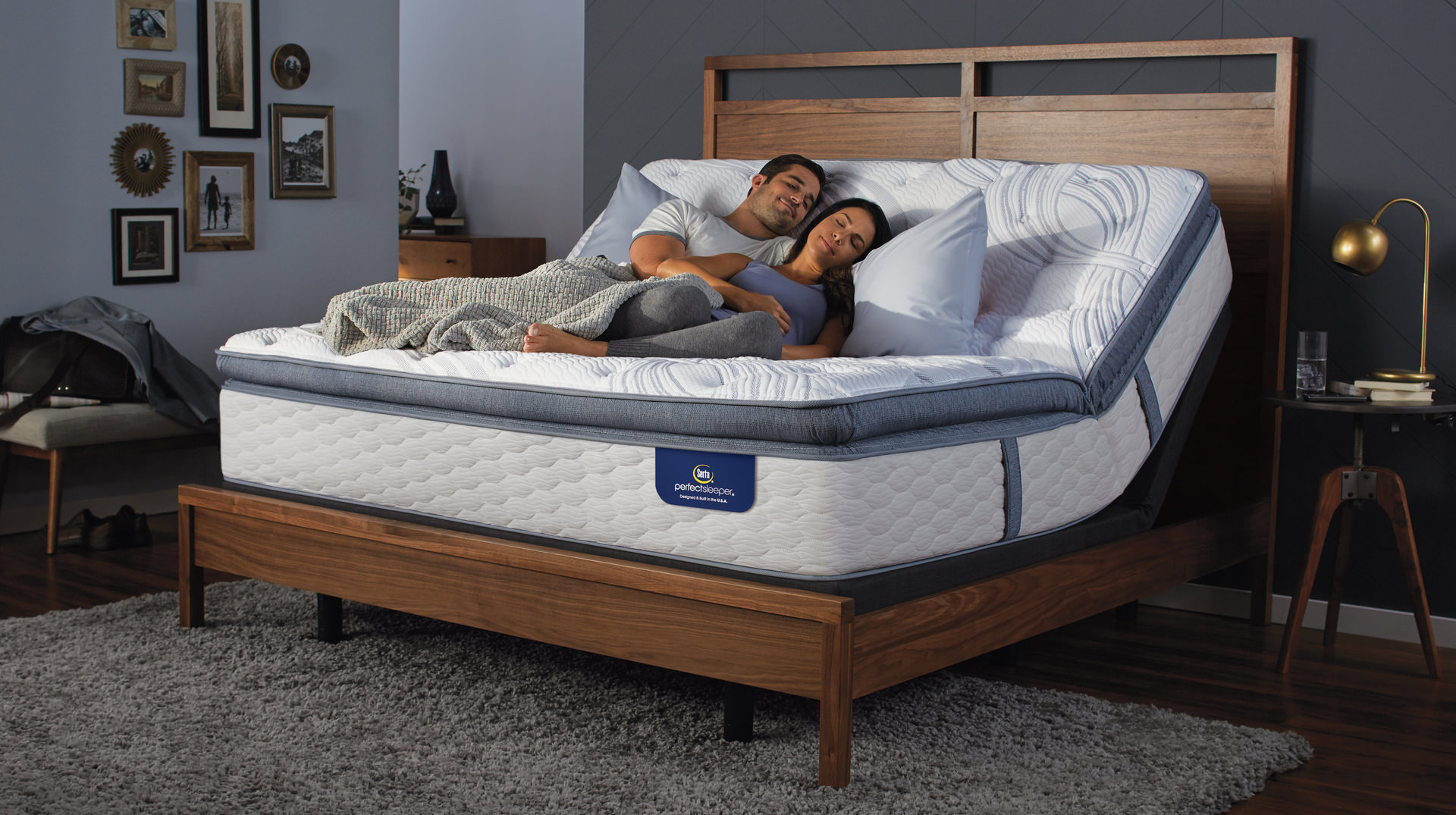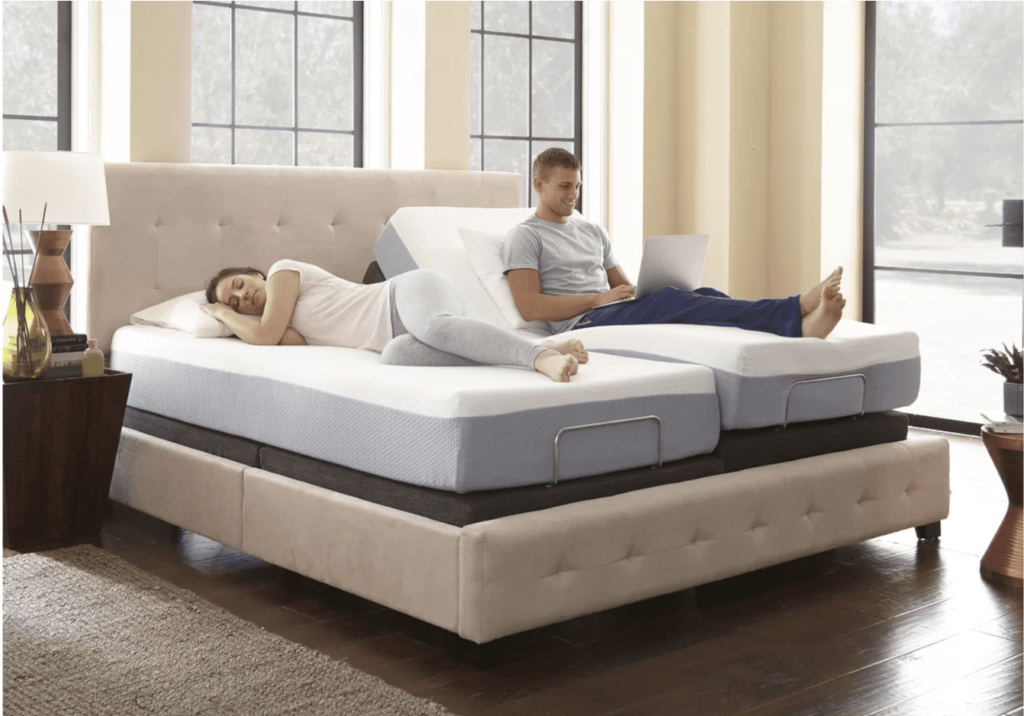One of the main problems with spring mattresses is sagging. Over time, the coils in the mattress can lose their shape and become less supportive, causing the bed to sink in the middle. This can lead to discomfort and back pain for the sleeper, as well as uneven weight distribution. Repeated pressure and weight on the same areas of the mattress can cause sagging, making it uncomfortable to sleep and reducing the lifespan of the mattress.1. Sagging
Another common issue with spring mattresses is the noise they make. As the coils shift and compress under the weight of the sleeper, they can create a squeaking or creaking sound. This can be disruptive to sleep and can also be a sign that the mattress is wearing out. The constant noise from a spring mattress can be frustrating and affect the quality of sleep, which is why many people opt for quieter alternatives such as memory foam or latex mattresses.2. Noisy
Spring mattresses may initially feel supportive, but over time, the coils can lose their ability to bounce back and provide proper support. This can lead to discomfort and a lack of spinal alignment, which can cause back, neck, and shoulder pain. A lack of support can also make it difficult for the body to fully relax and can result in restless sleep. This is especially problematic for those with chronic pain or injuries who require proper support for a good night's rest.3. Lack of support
One of the biggest complaints about spring mattresses is their poor motion isolation. This means that when one person moves, their partner may feel the movement and be disturbed from their sleep. This is due to the interconnected coils in the mattress, which transfer motion easily. This can be particularly problematic for couples who have different sleep schedules or who are easily disturbed by movement. It can also be an issue for those who share the bed with a restless sleeper.4. Poor motion isolation
While spring mattresses may be more affordable than other types of mattresses, they also tend to have shorter lifespans. The constant pressure and weight on the coils can cause them to wear out and lose their support over time. This means that spring mattresses may need to be replaced more frequently, making them a less economical choice in the long run. This is especially true for larger individuals or those who share the bed with a partner, as the mattress may wear out even faster.5. Durability issues
Spring mattresses can also be a breeding ground for dust mites and other allergens. The spaces between the coils can collect dust and other particles, and the warmth and moisture from our bodies create an ideal environment for these microscopic pests to thrive. For those with allergies or respiratory issues, this can be a major problem and can affect the quality of sleep. Regular cleaning and maintenance of the mattress can help prevent this issue, but it can be difficult to fully eliminate dust mites from a spring mattress.6. Prone to dust mites and allergens
Spring mattresses come in a variety of firmness levels, but it can be challenging to find the right one for your specific needs. The coils may provide a certain level of support, but it may not be enough for those who require a firmer or softer mattress. This can lead to discomfort and an inability to get a good night's sleep, as the mattress may not be adequately supporting your body. It can also be frustrating for those who have to constantly replace their mattress in search of the right firmness level.7. Difficulty in finding the right firmness level
Spring mattresses are typically heavier than other types of mattresses, making them difficult to move and maneuver. This can be especially challenging for those who live in smaller spaces or have to navigate stairs and narrow hallways. Changing the sheets or rotating the mattress can also be a strenuous task with a heavy spring mattress, making it a less practical choice for those who may need to move their bed frequently.8. Heavy and difficult to move
As mentioned earlier, spring mattresses have a shorter lifespan compared to other types of mattresses. This means that they may need to be replaced more frequently, which can be a significant expense over time. While spring mattresses may be initially more affordable, the need for frequent replacements can make them a more expensive option in the long run. This is something to consider when purchasing a new mattress.9. Limited lifespan
Lastly, spring mattresses are not compatible with adjustable beds. The coils and structure of the mattress do not allow for the flexibility needed to adjust the bed's position. This can be a major limitation for those who require an adjustable bed for health reasons or for those who prefer to sleep in an elevated position. It also means that if you decide to switch to an adjustable bed in the future, you will also have to replace your mattress.10. Not suitable for adjustable beds
The Problems of Spring Mattresses: Why You Should Consider Other Options

When it comes to choosing a mattress, there are numerous options available in the market. However, one of the most common and traditional choices is the spring mattress. While these mattresses have been popular for many years, they also come with their fair share of problems, which can affect your sleep quality and overall health. In this article, we will take a closer look at the problems of spring mattresses and why you should consider other options for a better sleep experience.
1. Lack of Support and Comfort

One of the major issues with spring mattresses is that they lack adequate support and comfort. The coils in these mattresses tend to lose their shape over time, leading to sagging and uneven support. This can cause discomfort and body aches, making it difficult to get a good night's sleep. Additionally, the coils can also create pressure points, which can lead to poor circulation and numbness in certain areas of the body.
2. Poor Motion Isolation

Another problem with spring mattresses is their poor motion isolation. This means that when one person moves on the bed, the entire mattress will move, which can disturb the other person's sleep. This can be especially problematic for couples who have different sleep schedules or for those who share the bed with a restless sleeper. This lack of motion isolation can lead to disrupted sleep and leave you feeling tired and irritable the next day.
3. Allergens and Dust Mites

Spring mattresses are also known for being a breeding ground for allergens and dust mites. The coils and padding in these mattresses can trap dust, dead skin cells, and other allergens, which can trigger allergies and respiratory issues. This can be particularly problematic for those who suffer from asthma or allergies, as well as for young children who have weaker immune systems.
4. Short Lifespan

Compared to other types of mattresses, spring mattresses have a relatively short lifespan. On average, they need to be replaced every 7-10 years, as the coils and padding lose their shape and support over time. This can be costly in the long run, as you will need to replace your mattress more frequently, leading to additional expenses.
Overall, while spring mattresses may seem like a budget-friendly and comfortable option at first, they come with a range of problems that can affect your sleep quality and overall well-being. Consider exploring other options such as memory foam, latex, or hybrid mattresses , which can provide better support, comfort, and durability. Your sleep is essential for your health and productivity, so investing in a good quality mattress is crucial for a good night's rest.









































.jpg)




























































.jpg)
















